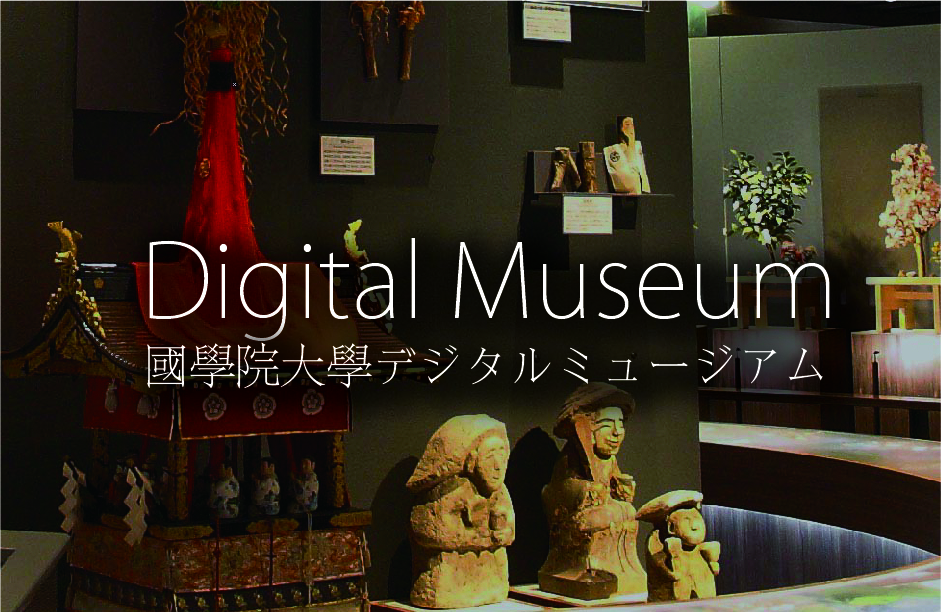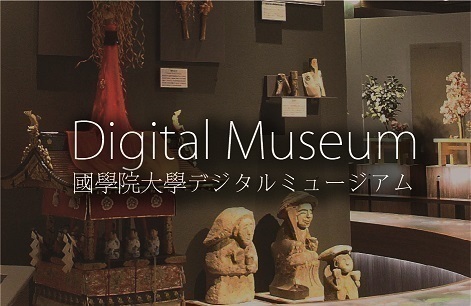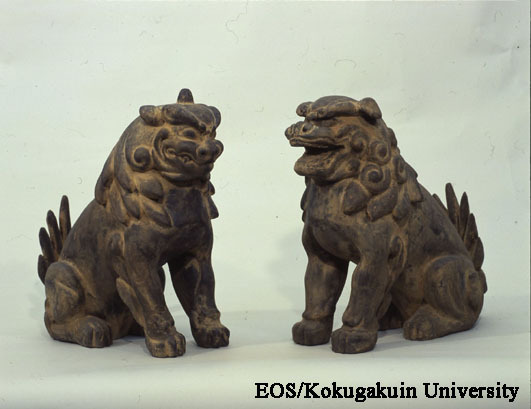- トップ
- Encyclopedia of Shinto
- Komainu
Encyclopedia of Shinto
| Main Menu: | |
| Links: |
詳細表示 (Complete Article)
| カテゴリー1: | 4. Jinja (Shrines) |
|---|---|
| カテゴリー2: | Shrine Architecture |
| Title | Komainu |
| Text | [Koma inu] Literally, "Korean lions," paired figures of lion tutelaries found at the entryway to shrine buildings, or alongside their torii or approachways. Also written 高麗犬 or 胡麻犬. Most are made of stone, although bronze, iron, wood, and ceramic examples can also be found. The paired figures are typically male and female, and in some cases one of the two has horns. In generally, the pairs include one with an open mouth and one with mouth closed, the so-called a-un posture symbolizing the "alpha" and "omega" of the Sanskrit alphabet. In some pairs, however, both are depicted with open mouths. The origin of such tutelary beasts is said to go back to Egypt or India, but the ones transmitted to Japan originated during China's Tang dynasty. Another style was introduced to Japan from Song China during the Kamakura period, and this style is frequently referred to as kara jishi (Chinese lions). The word "Koma" is an ancient term for the Korean peninsula, but since the images were merely transmitted through the Korean peninsula, it may be that the term Koma inu was merely used to indicate their "foreign" nature. As tutelaries, the animals are believed to symbolize the eradication of evil and the protection of the area around the kami. — Nakayama Kaoru |






